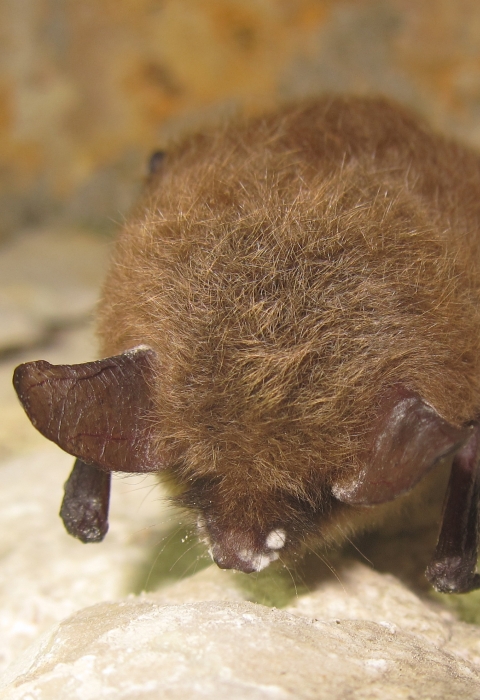The U.S. Fish and Wildlife Service is delaying the effective date of the final rule to reclassify the northern long-eared bat from threatened to endangered under the Endangered Species Act. The agency is extending the effective date by 60 days, from Jan. 30, 2023, to March 31, 2023.
The extension will allow the Service to finalize conservation tools and guidance to avoid confusion and disruption for landowners, federal partners and industry with projects occurring in suitable habitats within the northern long-eared bat’s 37-state range.
The Service remains committed to working proactively with stakeholders to conserve and recover northern long-eared bats while reducing impacts to landowners, where possible and practicable. We recognize reclassification of the northern long-eared bat has resulted in questions and concerns regarding compliance under the Endangered Species Act for timber harvest, habitat management, development and other projects. A delay in the effective date provides stakeholders time to preview newly developed guidance and management tools before the rule goes into effect.
The rule reclassifying the northern long-eared bat from threatened to endangered was published in the Federal Register Nov. 30, 2022; the bat remains protected as a threatened species with a 4(d) rule until the reclassification becomes effective on March 31. The northern long-eared bat was listed as threatened in 2015. It now faces extinction due to the range-wide impacts of white-nose syndrome, a deadly disease affecting hibernating bats across North America.
To assist forestry, wind energy, infrastructure and other project managers in the range of the northern long-eared bat, the Service is developing a suite of tools to provide guidance and to streamline processes for projects under the Endangered Species Act. We intend to provide these tools in early March. Once available, users can preview the tools through the agency’s northern long-eared bat website.
The Service is not accepting public comment on the extension. A Federal Register notice extending the effective date of the final reclassification for the northern long-eared bat will publish on Jan. 26, 2023 under Docket No. FWS-R3-ES-2021-0140.
The northern long-eared bat is found in 37 states in the eastern and north-central United States, the District of Columbia, and all Canadian provinces from the Atlantic coast west to the southern Northwest Territories and eastern British Columbia. These bats mostly spend the winter hibernating in caves and abandoned mines. During summer, northern long-eared bats roost alone or in small colonies underneath bark or in cavities or crevices of both live and dead trees. They emerge at dusk to fly primarily through the understory of forested areas, feeding on insects. Data indicate that white-nose syndrome has caused estimated declines of 97 to 100% in affected northern long-eared bat populations.



